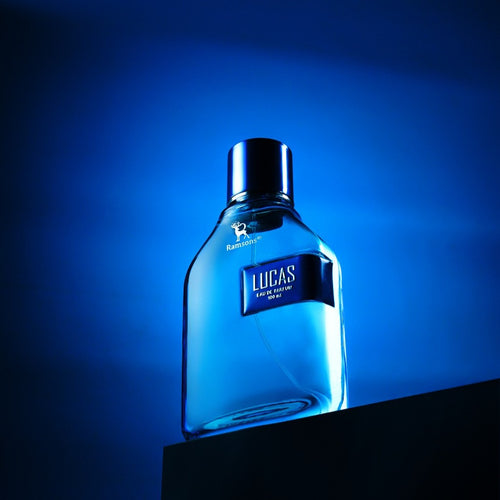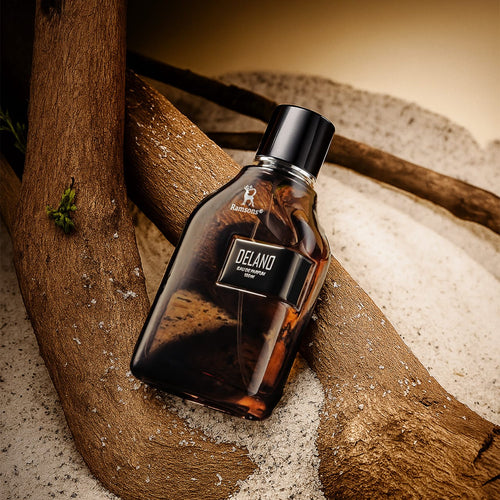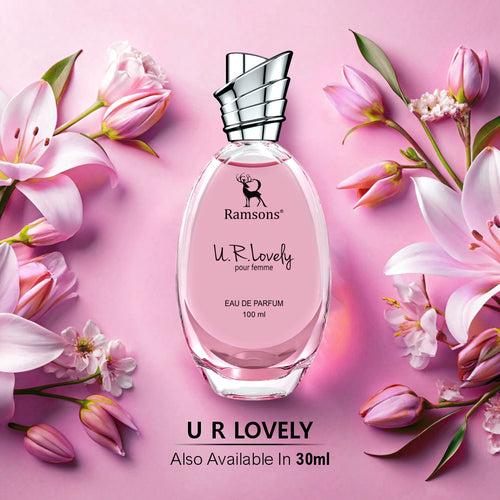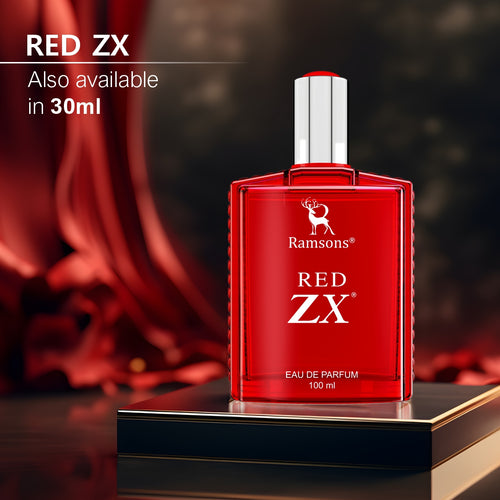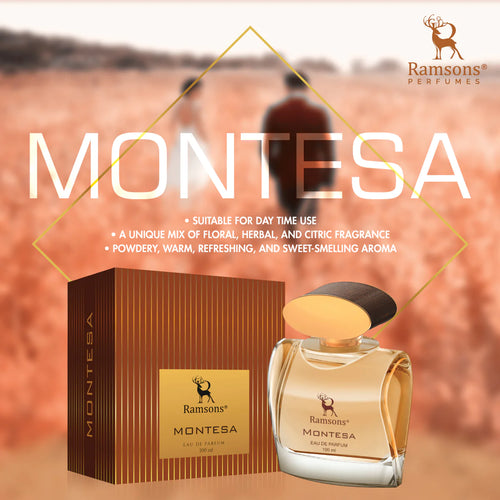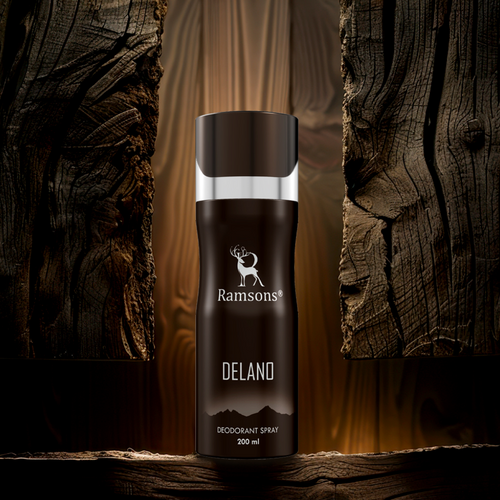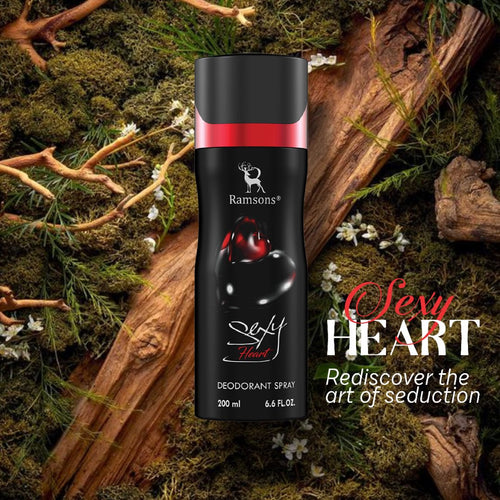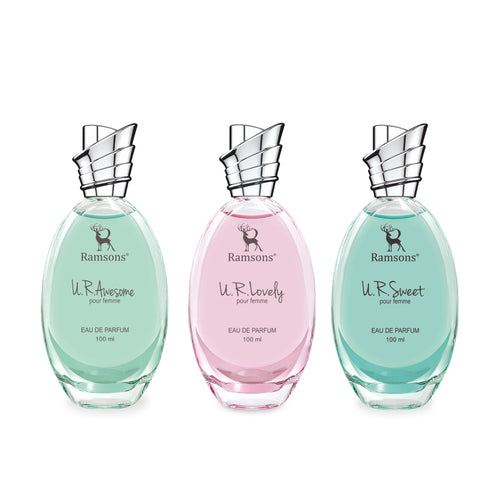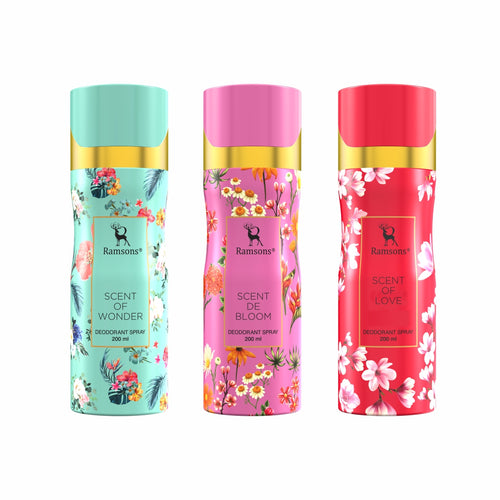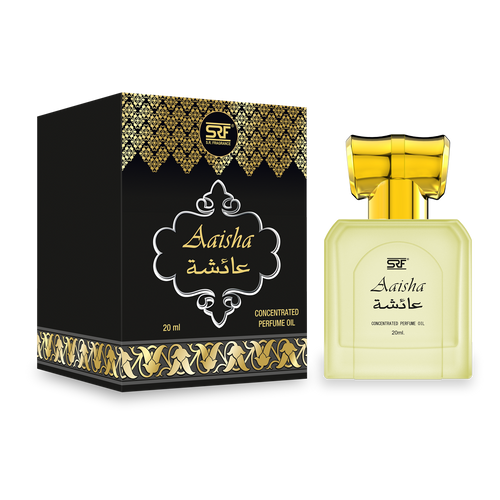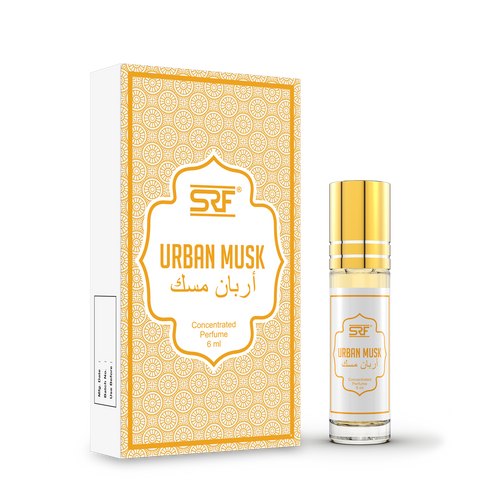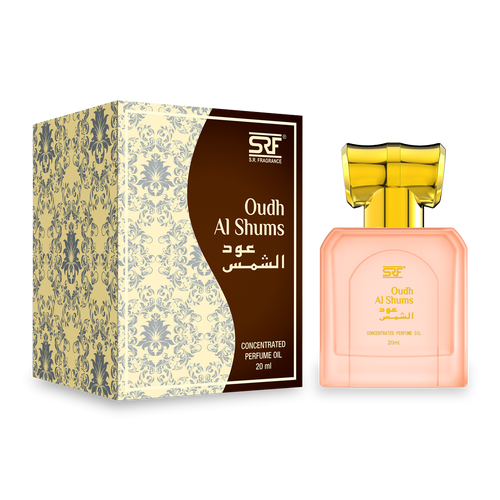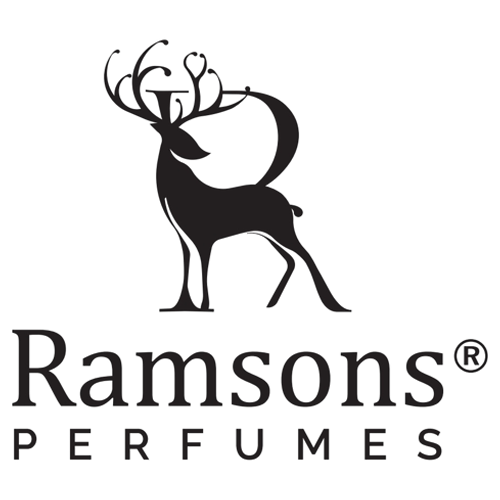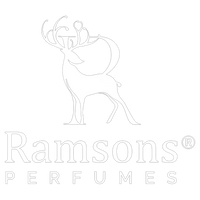Introduction
Aromatic flowers play a crucial role in perfumery, infusing fragrances with unique scents that captivate our senses. In this comprehensive guide, we delve into the world of the five most aromatic flowers that have become staples in the perfume industry.
-
Jasmine
Jasmine, known for its intoxicating fragrance, is a staple in perfumery. Its delicate floral notes blend seamlessly with other scents, creating luxurious perfumes coveted worldwide. Cultivated primarily in regions like India and Egypt, jasmine's allure in perfumery knows no bounds.
-
Rose
The timeless rose remains a symbol of love and beauty, but in perfumery, it takes on a whole new dimension. With various varieties like Damask and Bourbon, each offering distinct aromas, roses are essential in creating elegant and romantic perfumes that stand the test of time.
-
Lavender
Lavender's calming and soothing scent makes it a favorite in both perfumery and aromatherapy. Besides its aromatic appeal, lavender also boasts medicinal properties, making it a versatile flower used in perfumes and wellness products alike.
-
Lily
The lily's sweet and heady fragrance adds a touch of sophistication to perfumes. Symbolizing purity and renewal, lilies are often blended with other floral notes to create captivating and feminine scents loved by many.
-
Gardenia
Gardenia's exotic and intoxicating scent makes it a prized flower in perfumery. Its rich floral aroma evokes images of lush gardens and warm summer nights, making gardenia perfumes highly sought after by fragrance enthusiasts.
-
The Art of Perfumery
Creating exquisite perfumes requires a deep understanding of fragrance concentrations, blending techniques, and application methods. Perfumers skillfully combine base, middle, and top notes to craft unique and memorable scents that resonate with diverse preferences.
-
Creating Unique Perfumes
For those seeking to create their signature scents, understanding perfume notes and experimenting with DIY perfume recipes can be a rewarding journey. From floral to woody fragrances, the possibilities are endless, allowing individuals to express their creativity through scent.
-
Popular Perfumes with Aromatic Flowers
Explore a curated list of top perfumes featuring aromatic flowers as key ingredients. Discover celebrity favorites and iconic scents that have stood the test of time, captivating senses and leaving lasting impressions.
-
Aromatic Flowers in Nature
Beyond perfumery, aromatic flowers play vital roles in ecosystems, offering benefits like pollination and biodiversity. Efforts to conserve these precious flowers are crucial for maintaining ecological balance and preserving their aromatic legacy.
-
Aromatherapy Benefits
Harnessing the psychological and emotional impact of aromatic flowers, aromatherapy offers holistic wellness benefits. Learn about different aromatherapy techniques and how aromatic flowers contribute to promoting relaxation and overall well-being.
-
Future of Aromatic Flowers
As perfumery evolves, research and innovations continue to shape the future of aromatic flowers in scent creation. Sustainable perfumery trends emphasize ethical sourcing and eco-friendly practices, ensuring a harmonious relationship between nature and fragrance artistry.
-
FAQs (Frequently Asked Questions)
Q: Can I grow aromatic flowers at home for perfumery purposes?
A: Yes, many aromatic flowers like lavender and jasmine can be cultivated at home, providing fresh blooms for DIY perfumes.
Q: What are some popular perfumes that prominently feature aromatic flowers?
A: Some popular perfumes include Chanel No. 5 (jasmine and rose), Gucci Bloom (tuberose and jasmine), and Marc Jacobs Daisy (gardenia and violet).
Q: Are there any sustainable practices in sourcing aromatic flowers for perfumery?
A: Yes, sustainable sourcing practices include ethical farming, fair trade agreements, and eco-friendly extraction methods to minimize environmental impact.
Q: Can aromatherapy using aromatic flowers help with stress relief?
A: Yes, many aromatic flowers like lavender and ylang-ylang are known for their calming effects, making them ideal for aromatherapy practices aimed at reducing stress and anxiety.
Q: How do perfumers extract scents from aromatic flowers?
A: Perfumers use various extraction methods such as steam distillation, solvent extraction, and enfleurage to capture the essence of aromatic flowers for perfume making.
Q: What are some DIY perfume recipes using aromatic flowers?
A: DIY perfume recipes often combine aromatic flowers with carrier oils and alcohol to create personalized scents. For example, a simple jasmine and vanilla perfume can be made by infusing jasmine petals in jojoba oil and adding a touch of vanilla extract.
Conclusion
In conclusion, aromatic flowers play a pivotal role in perfumery, offering a diverse range of scents that cater to different preferences and moods. From the timeless elegance of roses to the exotic allure of ylang-ylang, these flowers continue to inspire perfumers and fragrance enthusiasts worldwide. Embracing sustainable practices ensures that future generations can enjoy the beauty and essence of aromatic flowers in perfumery.
